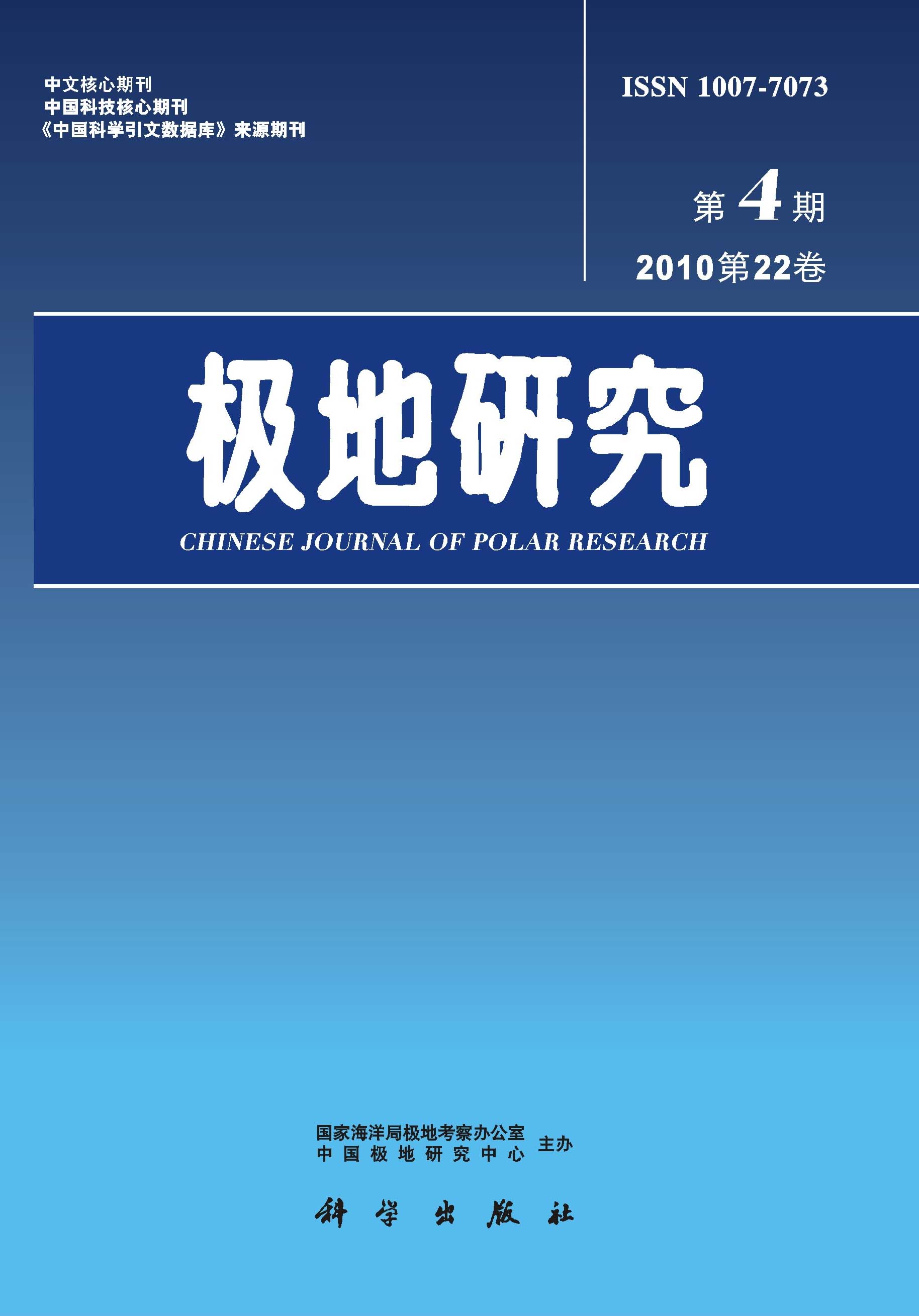Six of a total of 28 meteorites collected by the 16th CHINARE from Grove Mountains, Antarctica, were classified as L3, and they show highly primitive petrography and mineralogy. In these unequilibrated chondrite, chondrules are very sharp-outlined; fine-grained matrix is almost opaque with few recrystallized grains; olivine and low-Ca pyroxene are commonly zoned, and have wide ranges of composition. Abundance of metallic Fe-Ni, calculated total Fe concentration, and mean Fa content of olivine are within the ranges of L group. Based on Percent Mean Deviation ( PMD) of Fa content of olivine, and its correction with petrographic subtype of unequilibrated ordinary chondrites( Sears et al. , 1982) , these 6 L3 chondrites are subdivided into as following; GRV 99022, 13.0-3.4; GRV 99001, L3.4; GRV 99020, GRV 99021 and GRV 99026, L3.5; GRV 99019, L3.6.

